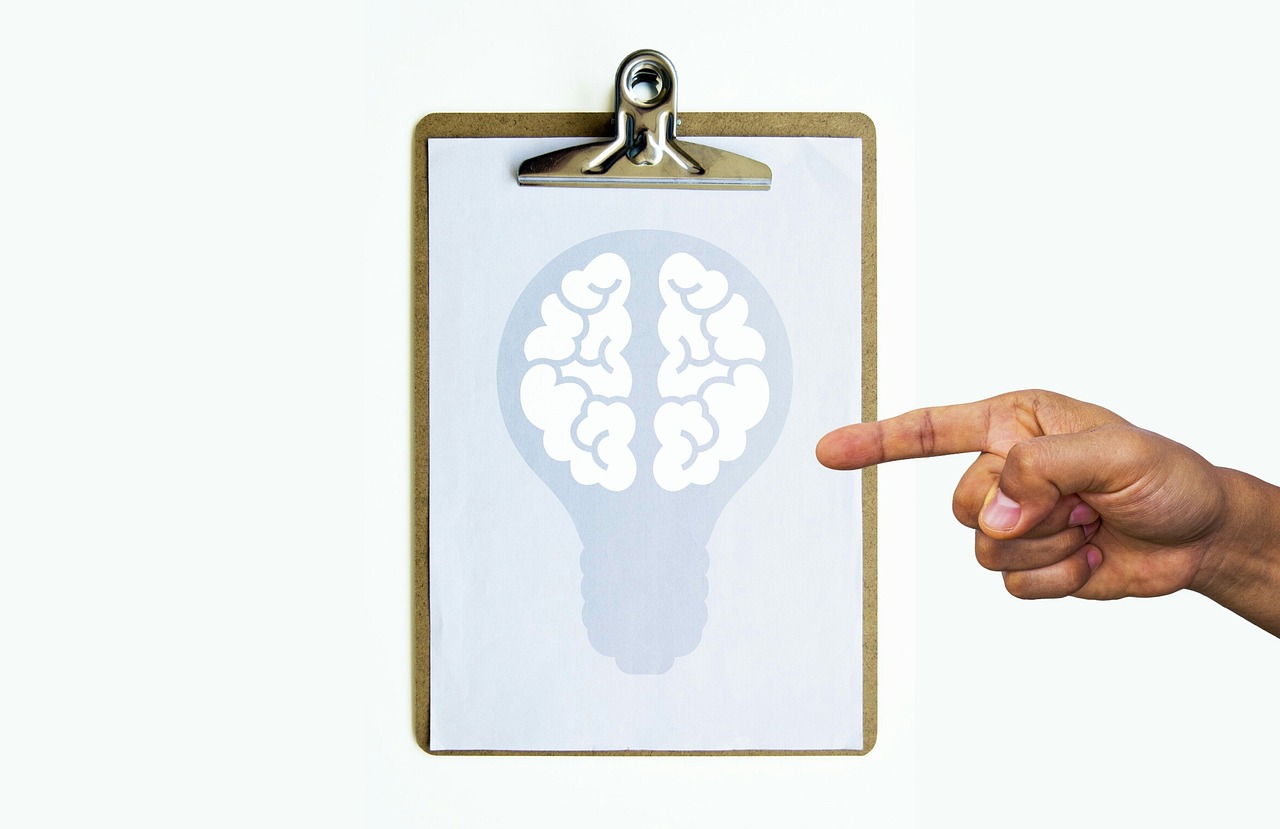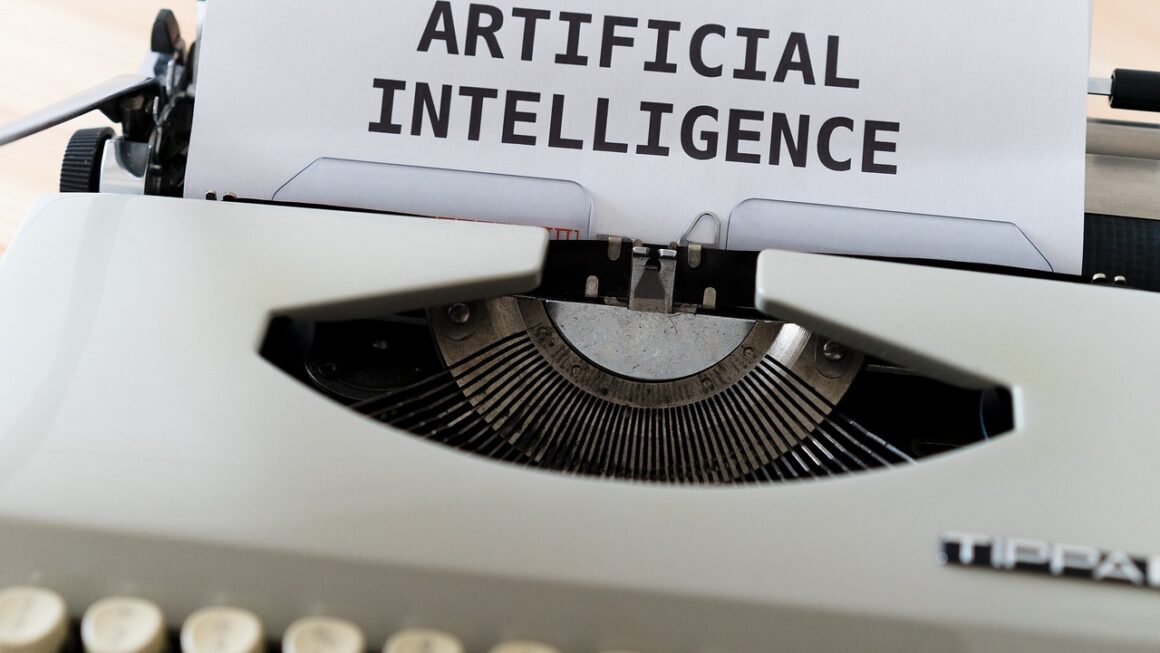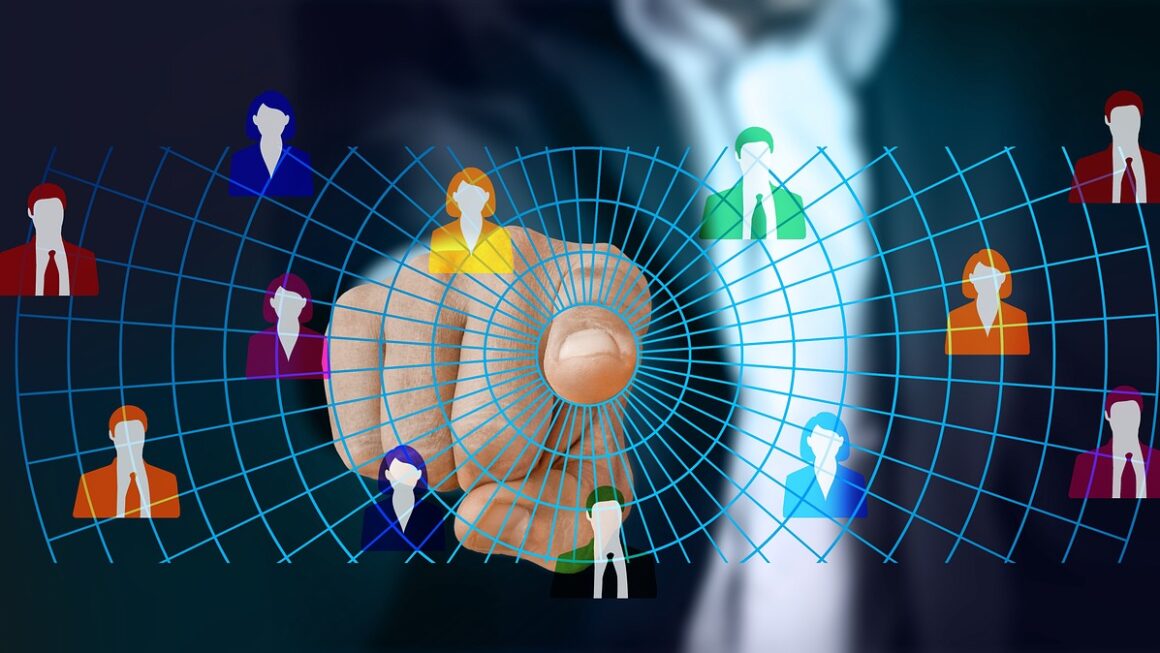The landscape of education is rapidly evolving, and at the forefront of this transformation lies Artificial Intelligence (AI). AI is no longer a futuristic concept; it’s a present-day reality reshaping how we teach, learn, and access knowledge. From personalized learning experiences to automated administrative tasks, AI is unlocking unprecedented opportunities to enhance education for students and educators alike. This article delves into the multifaceted role of AI in education, exploring its benefits, challenges, and future potential.
AI-Powered Personalized Learning
Understanding Personalized Learning
Personalized learning tailors the educational experience to meet the unique needs, strengths, and interests of each student. Traditional classroom settings often struggle to accommodate diverse learning styles and paces. AI overcomes this challenge by analyzing student data and adapting the curriculum accordingly.
- AI algorithms can assess a student’s understanding of a topic through interactive quizzes and exercises.
- Based on the results, the AI system can recommend specific learning materials, such as videos, articles, or practice problems, that target areas where the student needs the most support.
- This dynamic adaptation ensures that students are always challenged but not overwhelmed, leading to a more engaging and effective learning experience.
Examples of AI in Personalized Learning
- Adaptive Learning Platforms: Platforms like Knewton and Coursera utilize AI to provide personalized course recommendations and adaptive assessments. They track student progress and adjust the difficulty level of the content to match the student’s skill level.
- Intelligent Tutoring Systems: These systems provide one-on-one tutoring that is customized to each student’s needs. They can identify knowledge gaps and provide targeted instruction and feedback. An example is Carnegie Learning’s MATHia, which helps students learn math concepts at their own pace.
- Personalized Content Creation: AI tools can generate personalized learning content based on a student’s learning style and interests. This includes creating customized worksheets, quizzes, and even virtual field trips.
Benefits of Personalized Learning
- Improved Student Outcomes: Studies show that personalized learning can lead to significant improvements in student achievement.
- Increased Engagement: When students are learning at their own pace and in a way that resonates with them, they are more likely to be engaged and motivated.
- Reduced Learning Gaps: AI can help identify and address learning gaps early on, preventing students from falling behind.
AI-Driven Automation for Educators
Reducing Administrative Burden
Teachers often spend a significant amount of time on administrative tasks, such as grading papers, tracking attendance, and communicating with parents. AI can automate many of these tasks, freeing up teachers to focus on what they do best: teaching.
- Automated Grading: AI-powered grading tools can automatically grade multiple-choice tests, essays, and even programming assignments. These tools can also provide feedback to students, helping them understand their mistakes.
- Attendance Tracking: AI can be used to automatically track attendance using facial recognition or student IDs. This eliminates the need for teachers to manually record attendance, saving them valuable time.
- Communication with Parents: AI chatbots can be used to answer common questions from parents and provide updates on their child’s progress. This reduces the burden on teachers to respond to individual emails and phone calls.
Examples of AI Automation Tools
- Gradescope: A tool that uses AI to grade handwritten assignments and provide feedback.
- Turnitin: A plagiarism detection tool that uses AI to identify instances of plagiarism in student work.
- Remind: A communication platform that uses AI to send personalized messages to students and parents.
Benefits of AI Automation
- Increased Teacher Efficiency: By automating administrative tasks, AI can free up teachers to focus on teaching and student support.
- Reduced Teacher Burnout: The reduced workload can help alleviate teacher burnout and improve job satisfaction.
- Improved Data Analysis: AI can analyze student data to identify trends and patterns, helping teachers make more informed decisions about their instruction.
AI for Inclusive Education
Supporting Students with Special Needs
AI has the potential to create more inclusive learning environments for students with special needs. AI-powered tools can provide personalized support and accommodations that help these students succeed.
- Text-to-Speech and Speech-to-Text: These technologies can help students with dyslexia or other learning disabilities access and process information more effectively.
- Adaptive Assessments: AI can create adaptive assessments that are tailored to the specific needs of students with disabilities. For example, an assessment might provide more time for students who need it, or it might present questions in a different format.
- Personalized Learning Plans: AI can help educators create personalized learning plans for students with special needs, taking into account their individual strengths and weaknesses.
Examples of AI in Inclusive Education
- Read&Write: A literacy support tool that provides text-to-speech, speech-to-text, and other assistive features.
- Co:Writer: A word prediction tool that helps students with writing difficulties generate sentences and paragraphs.
- Google Translate: Can translate text into different languages or provide real-time translation of speech, supporting ELL students.
Benefits of AI for Inclusive Education
- Increased Accessibility: AI can make learning materials and activities more accessible to students with disabilities.
- Personalized Support: AI can provide personalized support and accommodations that are tailored to the individual needs of each student.
- Improved Outcomes: Studies have shown that AI can lead to significant improvements in the academic outcomes of students with disabilities.
Challenges and Ethical Considerations
Data Privacy and Security
One of the biggest challenges of using AI in education is ensuring the privacy and security of student data. AI systems collect and analyze vast amounts of data about students, including their academic performance, learning styles, and personal information. It is crucial to implement robust security measures to protect this data from unauthorized access and misuse.
- Schools and educational institutions must comply with data privacy regulations, such as GDPR and FERPA.
- AI systems should be designed with privacy in mind, using techniques such as data anonymization and encryption.
- Students and parents should be informed about how their data is being collected and used.
Bias and Fairness
AI algorithms can be biased if they are trained on biased data. This can lead to unfair or discriminatory outcomes for certain groups of students. It is important to ensure that AI systems are trained on diverse and representative data sets and that they are regularly monitored for bias.
- AI developers should be aware of the potential for bias and take steps to mitigate it.
- Schools and educational institutions should carefully evaluate AI systems before implementing them to ensure that they are fair and unbiased.
- Ongoing monitoring and auditing of AI systems are essential to identify and correct any bias that may arise.
The Role of Teachers
While AI can automate many tasks, it is not intended to replace teachers. Teachers play a vital role in providing personalized support, mentoring, and guidance to students. AI should be used as a tool to augment the capabilities of teachers, not to replace them.
- Teachers need to be trained on how to use AI tools effectively.
- AI should be used to free up teachers to focus on higher-level tasks, such as lesson planning and student engagement.
- The human element of teaching is crucial, and AI should not be allowed to diminish the importance of the teacher-student relationship.
Conclusion
AI is poised to revolutionize education, offering opportunities to personalize learning, automate administrative tasks, and create more inclusive learning environments. By addressing the challenges and ethical considerations associated with AI, we can ensure that this technology is used to benefit all students and educators. The future of education is intelligent, adaptive, and focused on empowering every learner to reach their full potential. Embracing AI responsibly and thoughtfully will pave the way for a more effective, equitable, and engaging education system for all.




